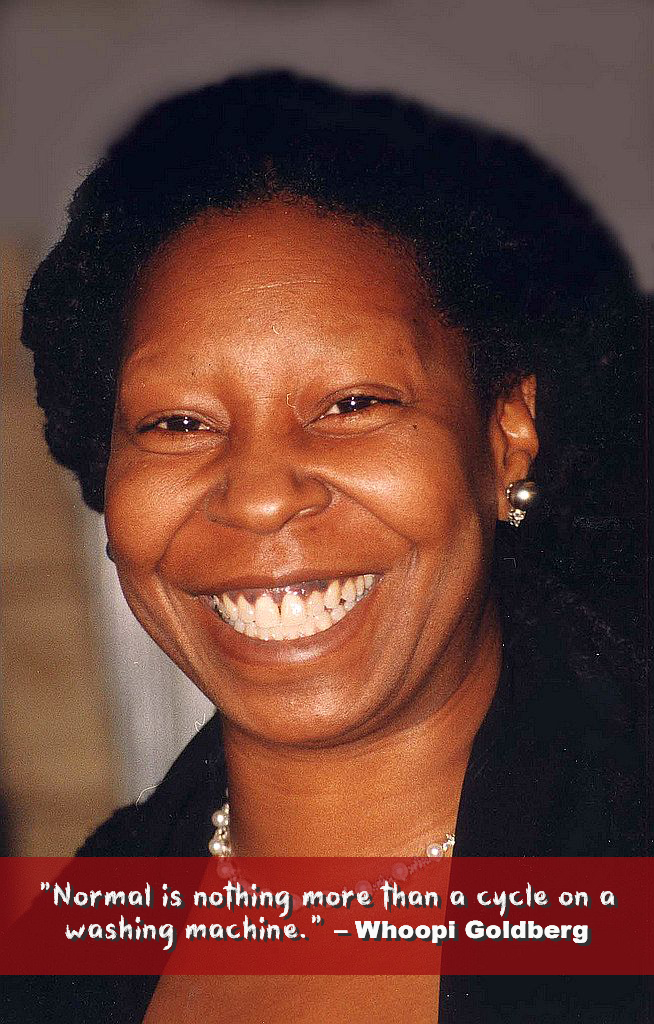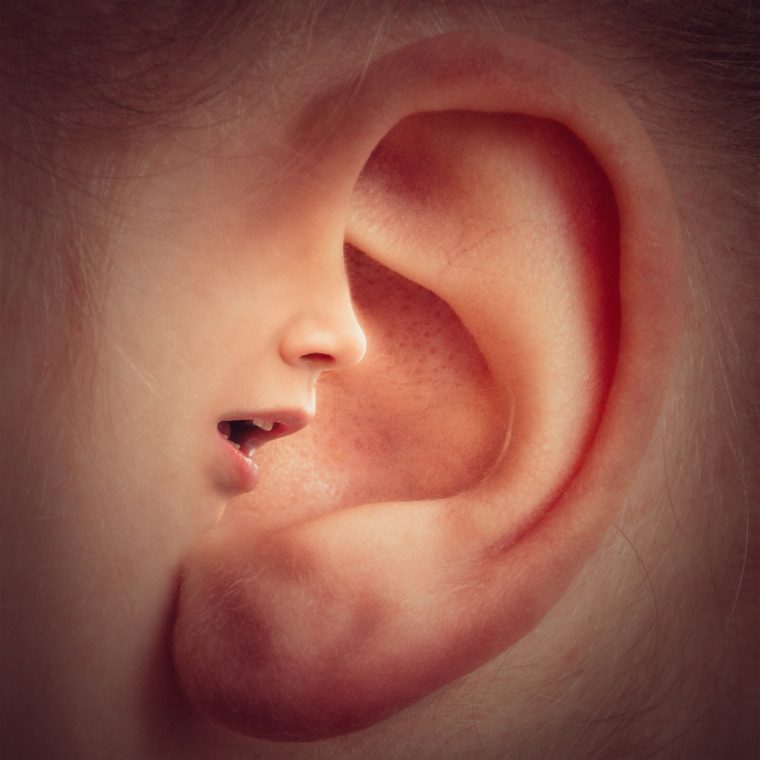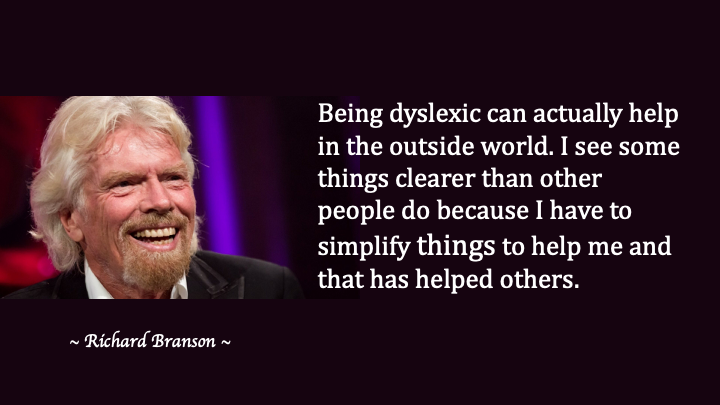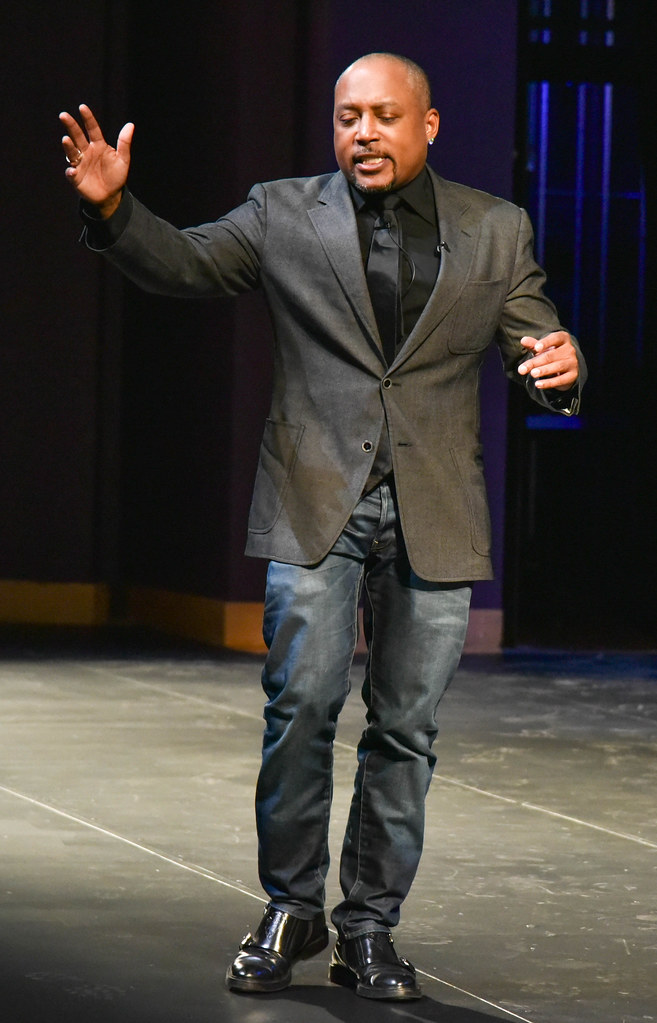Only a few people have won an Emmy, a Grammy, an Oscar, and a Tony Award (EGOT). Caryn Elaine Johnson is one of them.

She was born on November 13, 1955 in Chelsea, New York and grew up in a housing project with her brother and mother, who was a nurse and later became a Head Start teacher.
In school, she was called “slow,” “dumb,” “lazy,” or “retarded.” She wasn’t diagnosed with dyslexia until she was an adult, so when school kept getting harder and harder, she eventually dropped out at 17. With her self-esteem low, she traveled a turbulent road in life, which included poverty, drug addiction, single motherhood, welfare, and a series of wide ranging jobs.
In his interview for the Child Mind Institute, the founder, Dr. Harold Koplewicz, called her a woman of grit and resilience.
Today, we know her as Whoopi Goldberg, actress, comedian, radio host, television personality, author and UNICEF International Goodwill Ambassador. Listen to her recall some of her challenges and her mom’s support in her interview with Quinn Bradlee:
She counsels parents to be supportive of their dyslexic children – “Stop trying to find a reason why it happened… It’s not your fault… Pay attention to how your child is doing stuff.”
Then, listen to her speak at the Goodwin College 2018 Commencement where she counsels the graduates, after receiving an honorary Doctorate of Humane Letters.
How can you build your child’s self-esteem at home to combat the negative labels in school?








